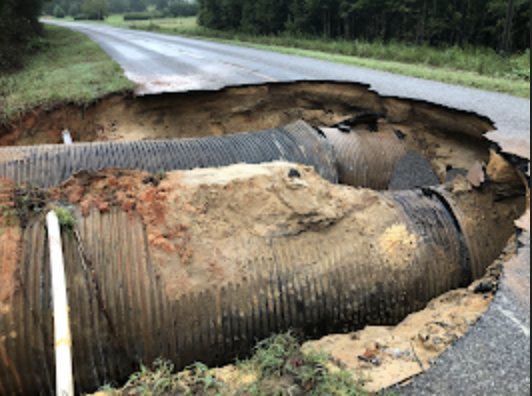Sacred Harp in Crenshaw County
Published 8:23 pm Wednesday, October 15, 2008
“From all that’s mortal, all that’s vain,
And from this earthly clod,
Arise my soul, and strive to gain
Sweet fellowship with God.”
Many years ago, Sacred Harp singings were held all over Crenshaw County. In little country churches or even in town, the unique a cappella sound of the four-part harmony would ring to the rooftops and bounce off the hardwood floors and church benches. Many, many times I have heard someone tell me, “I remember my grandmother singing that, but I never learned how. You know, I still have her songbook?”
This Sunday, Oct. 19, the only Sacred Harp singing left in Crenshaw County will be held at Darien Primitive Baptist Church. We will begin singing at 10 that morning and have a brief recess after about an hour of singing. The traditional dinner on the grounds will be held at noon. If you can come and bring a covered dish, that would be wonderful, but please don’t feel that you have to bring a dish. I just want you there.
After lunch, we’ll go back into the church and sing until around 2:30.
I know that many of you attend church on Sunday morning, but I would love for you to come join us Sunday afternoon to hear the music of many of our forefathers–music from the 1600’s, 1700’s, and 1800’s.
And don’t worry if you don’t know how to sing Sacred Harp or if you don’t sing at all. Listeners make up a large portion of a singing, and they are just as important.
I hope to see all of you this Sunday. It is my sincere desire to revive this cherished tradition of our past to our county. And don’t hesitate to call me at 335-3541 if you need directions to the church or any other information.
What is Sacred Harp singing?
Sacred Harp is a uniquely American tradition that brings communities together to sing four-part hymns and anthems. Our tradition is a living, breathing, ongoing practice passed directly to us by generations of singers, many gone on before and many still living.
A singing welcomes beginners and newcomers, with no musical experience or religious affiliation required — in fact, the tradition was born from colonial “singing schools” whose purpose was to teach beginners to sing, and our methods continue to reflect this goal. Though Sacred Harp is not affiliated with any denomination, it is a deeply spiritual experience for all involved, and functions as a religious observance for many singers.
Sacred Harp “singings” are not performances. There are no rehearsals and no separate seats for an audience. Every singing is a unique and self-sufficient event with a different group of assembled participants. The singers sit in a hollow square formation with one voice part on each side, all facing inwards so we can see and hear each other. However, visitors are always welcome to sit anywhere in the room and participate as listeners.
Why is it called “Sacred Harp”?
Technically, our style of singing is “shape note singing” because the musical notation uses note heads in 4 distinct shapes to aid in sight-reading, but it is often called “Sacred Harp” singing because the term “sacred harp” refers to the human voice.
In 1844, The Sacred Harp was just one of more than 100 oblong hymn books published in the U.S. It has been continuously updated ever since. Along with other hymn books from the era, a handful of which are also still published and used, its repertoire of over 500 4-part a cappella hymns, odes, and anthems is part of the foundation of our vibrant oral tradition. There are dozens of living composers still actively writing new tunes within the traditional styles and shape note format.
I hope to see you Sunday.


